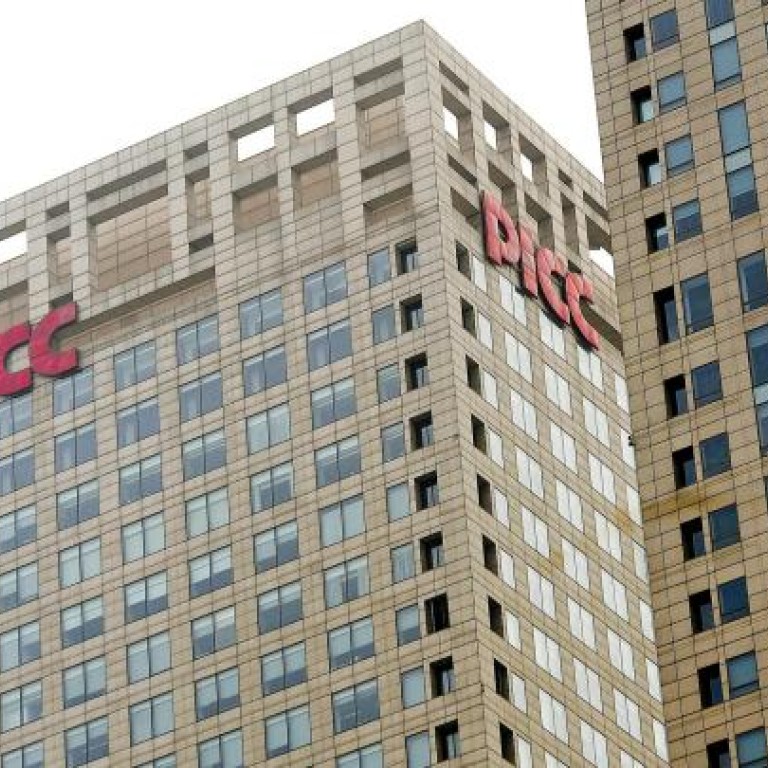
There is little comfort from the line-up of main investors
PICC is keen to float and that puts it in a weakened bargaining position. Further, it may be doing the right job, but not a great one
The initial public offering of the mainland's largest general insurer, People's Insurance Company (Group) of China (PICC), raises lots of doubts.
The firm is trying to answer them with a US$500 million investment by American International Group. Yet, can it?
PICC gets 90 per cent of its profit from its property and casualty insurance business, which is already listed in Hong Kong via its PICC Property and Casualty (PICC P&C) unit. Question No 1 is: Why put your money into the parent and add the risk of its underperforming life and health business?
On the surface, AIG is the perfect answer. It has held 9.9 per cent of PICC P&C since 2003. It has been busy selling assets to repay the US government's bailout fund. There must be something very good in PICC for it to put in its hard-earned cash.
Comparing the present deal with the one in 2003, that "something very good" seems more so for AIG than PICC shareholders.
A condition of the new deal is AIG can dump its PICC stake if the firms fail to agree on the establishment of an insurance agency joint venture by May 31 next year, That puts PICC in a very weak position in its joint venture negotiations.
It's déjà vu from 2003. In return for a HK$1 billion investment and a boost to its unpopular float, PICC P&C signed an accord that promised AIG juicy reinsurance business for an indefinite period.
PICC P&C's annual reports show reinsurance premiums ceded to AIG amounted to 266 million, 619 million and 739 million yuan in 2004, 2005 and 2006, respectively. No figures have been provided since, although they are related parties.
That accounts for about 7 per cent to 8 per cent of PICC P&C's reinsurance premiums ceded. Assuming that ratio remains, AIG would have secured about two billion yuan each year of its partner's average total of 25 billion reinsurance premium ceded in the past four years.
Insiders said that doubles what AIG's 1,000-strong team has secured on its own.
The mainland firm does not have much choice. As in 2003, the market is not favourable to listings. Delay is not acceptable, because its solvency ratio has dropped from 165 per cent last year to 156 per cent on June 30 owing to business expansion.
It needs the money to boost the ratio before it drops below 150 per cent, which will largely reduce its flexibility in paying dividends under present regulatory requirements.
If AIG offers little comfort, how about the 16 investors who are chipping in US$1.3 billion? Well, a look at their background will make you think.
They can be roughly divided into four groups. First, there are the mainland industry players - China Life Insurance, China Reinsurance and China Export and Credit Insurance. All are spin-offs from PICC.
"Their managers have eaten in the same canteen and lived in the same compound," an industry insider said.
More importantly, like PICC, they are owned by the Ministry of Finance and regulated by the China Insurance Regulatory Commission. It is hard for them to say no to the boss.
Next come the foreign insurers - French reinsurer Scor; Japanese giant Tokio Marine; and Russia's second-largest insurer, Ingosstrakh.
PICC has committed to give Tokio 177 million yuan in reinsurance business in the coming three years, a 150 per cent rise from the previous three years. Tokio is also a joint venture partner of PICC. Scor and Ingosstrakh are eager to expand their business in China. The Russian firm signed a co-operation accord with PICC as early as 2003.
The third group includes state-owned enterprises State Grid, China National Machinery Industry and China Aerospace Science and Technology. All three are among the biggest buyers of property insurance. And to support major offerings, it's no news that the Ministry of Finance has offered to mitigate investment losses via tax rebates to SOEs.
Last are the non-state players. Zhongrong International Trust and Fosun International have made public their expansion into the insurance business. It doesn't hurt to make friends with the big boys and the regulator.
Then there are two mainland hedge fund managers, Munsun Asset Management and Pinpoint Asset Management. The involvement of these two newly established funds offers more worries than comfort.
If one can't rely on the cornerstone investors, how about the insurer's management? Of its 13-strong board, seven are working or retired bureaucrats from the ministry, CIRC or bank regulator. There is no external expert in insurance or business.
Perhaps that's an honest reflection of the company's mission - doing the right job in a heavily regulated environment. But if you are looking for someone who will do a great job, PICC may not be your choice.

